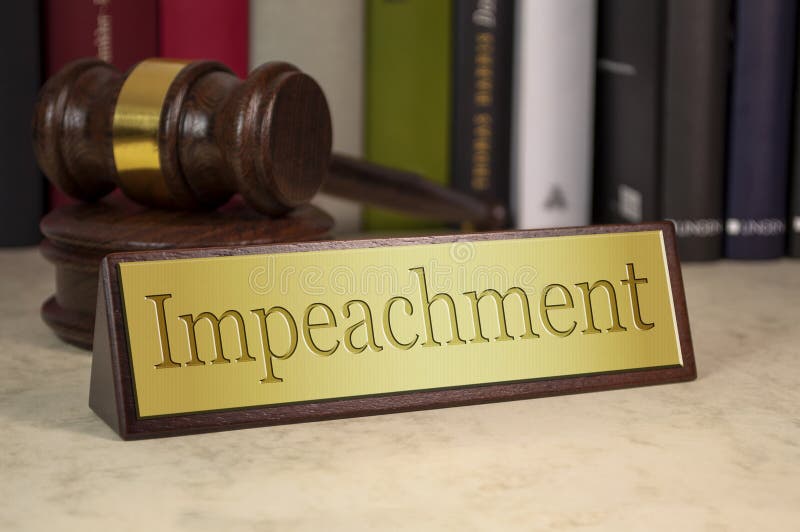How is the President of India elected and what are it's Privileges, Oath, Tenure and Removal ?
In India the stage is all set to elect a new President who will become the 15th person to hold this office after the incumbent President Ramnath Kovind retires on 24th July'22. As we all know that the office of President is the Highest Constitutional post of India. The ruling NDA government has appointed Ms. Draupadi Murmu for the highest post whereas the opposition UPA government has appointed Mr. Yashwant Sinha for this post. After the elections India will have it's 15th President. But the question here arises is how the President of India is elected. The President of India is not elected directly by the citizen like that of MPs, MLAs. Rather it is elected through a process of electoral college which involves all the parliamentarians and members of state legislative assemblies to vote.
Article 52 of the Indian Constitution creates the office for the President of India.
Qualifications:
- The candidate must be a citizen of India.
- The candidate must be of 35yrs age.
- The candidate must be eligible for elections as a Lok Sabha MP.
- He/she must not hold any government office and if yes then he must resign from his post once he/she is elected.(Article-59)
Salary and Emoluments:
- The President can use his official residence free of cost.
- It is entitled to employement of staff, allowances and privileges as determined by the Parliament.
- Article 59(3) and (4): Parliament cannot diminish the salary and allowances of the President during his ongoing term.
Elections:
- Article 54 says that the President must be elected by a process of electoral college.
- The elections must be done by a system of single transferrable vote.(Article-55(3).
- There shall be uniformity in scale of representation among the states as a whole, of different states and union.(Article-55(1).
- Value of 1 MLA vote= Population of State/Total no. of elected members multiplied by 1/1000.
- Value of 1 MP vote= Value of all MLAs of all states divided by Total no. of elected members in parliament.
By above system you must have clearly guessed that each state has a different value of vote Uttar Pradesh has a highest vote value of 208 vote per MLA whereas Sikkim has the lowest vote value of 7 votes per MLA.
Oath:
- Article 56 of the Indian Constitution says that the President shall hold office for 5 Years.
- After the death or resignation of the incumbent President it's office must me filled within 6 months.(Article-62(2).
- In case of sudden death or resignation the Vice-President of the Chief Justice of India or any senior judge of the Supreme Court can become President until any new person is appointed.(Article-65(1).
Impeachment:
- The President can only be removed for the violation of constitution.
- 14 days notice should be given to the President before his impeachment trial begins.
- The process of impeachment can be initiated by any houses of the Parliament either Lok Sabha or Rajya Sabha.
- The motion for the impeachment must be approved or signed by atleast 1/4 members.
- The resolution must be passed by atleast a 2/3rd majority.
- The President has the right to appear in the trial or investigation against him.
- The President is declared removed when the resolution is passed by both the houses.
Privileges:
- Not answerable to any court for his performance, powers or duties,
- No criminal proceedings can be initiated against him during his tenure.
- No process of arrest or imprisonment can be initiated against him during his tenure.




Comments
Post a Comment